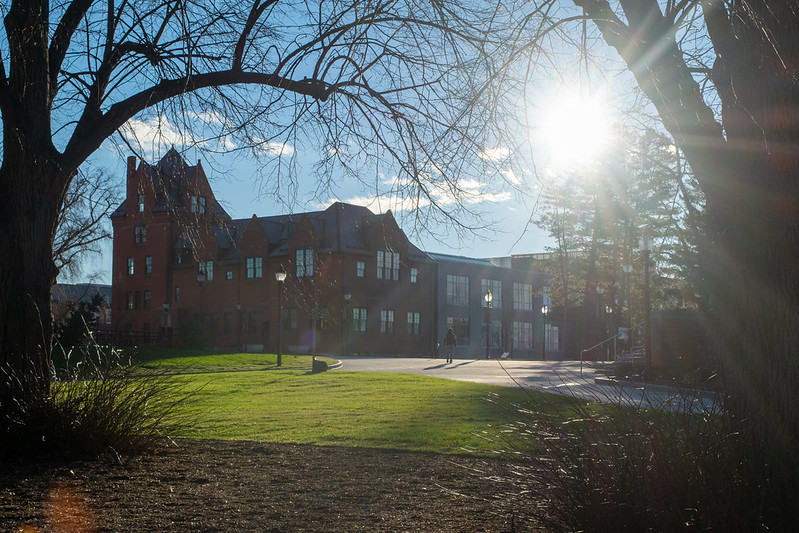
I hated the idea of Twitter. When I saw a report about it on the “Today Show” one morning a few years ago, I dismissed it as a media-constructed fad. I saw politicians using it as a lame attempt to stay trendy and techno savvy, and movie studios using it as another arm of publicity. And everyone else just sending out egocentric bursts of 140 characters, or “tweets”. Frankly, to me it seemed like a whole bunch of twits.
And then I saw the light. At the Annual Convention of the College Democrats of America, everyone tweeted. They shared articles with each other, commented on the articles, supported each other through retweeting and overall used it in a really collaborative way. This wasn’t a collection of people whining and broadcasting their frustrations to the world to satisfy some egocentric need (at least not always), it was an entirely new form of communication. At the airport on the way home, I received a crash course from two veterans and from that moment I was hooked.
I follow a series of news sites that allow me to process headlines almost instantly. I can read out the general emotions of a certain group of people or survey an overall atmosphere towards an important news event, such as the recent developments and lack thereof in the debate over repealing “Don’t Ask, Don’t Tell”. And I can see interesting information and readings recommended by trusted friends that I would have normally never seen otherwise.
This last function shows Twitter as an entirely new way of learning. It used to be that people received a general education in all topics, which further developed into a tendency to solely study according to one’s interests. Now, for the Twitter user with a variety of friends and sources that they follow, they learn from the educational passions of others.
A University of Massachusetts psychology teacher that I follow regularly, posts articles that give insight into human behavior, a favorite political blogger posts articles from both sides of the political spectrum and Roger Ebert posts a variety of insightful and whimsical articles that only a man who has suffered an illness such as his could have insight into. Its a pure distillation, without embellishment, of certain individuals’ passion for sharing knowledge.
While this has done wonders for pursuing knowledge as a hobby, its possibilities in academia definitely appear interesting. Teachers at times attempt to use the online platform Spark to encourage discussion or debate over articles or current events. It is an attempt to use the fairly standard forum feature of Spark as a way to mimic the nature of an in-class debate. Let’s face it, it rarely works. Frequently people post and engage in a degree of conversation to get the grade and then call it quits. Is it because people just want to do the minimum amount of work. Spark isn’t always an easily accessible platform, or maybe because people simply don’t like doing homework? Or maybe its all of these reasons.
Using Twitter to encourage discussion – with people sharing a list of Twitter contacts and participating in it at the same time – could prove to be much more involving. The interface is easy-to-use, you can do it from most smartphones, and you’re limited to a soundbite (as would often be the case in person, for better or worse).
This is only a practical way that Twitter can be involved in academics. But I believe that its true value is an embrace of the values of open and free-flowing discussion as previously mentioned. While the topics can devolve into triteness, when used properly, it is an entirely new source of knowledge. The interactive features of it, whether it is notifying others of their possible interest in a tweet through “tagging” or adding your tweet to large scale discussions through a “hash tag”, allow the closest thing possible to simulating real and honest dialogue.
Internet knowledge and social media is rapidly involving itself in more and more aspects of our life. With smart phones, we’re in touch in a thousand ways constantly, with a few clicks, almost any recorded information is available. Distances have been cut and all of those cliches about globalization through technology hold incredibly true.
Further technology is coming, and to be a Luddite would simply be refusing to adapt and evolve, so the challenge is to bend the technology to our will and desired uses, rather then become subservient to it. By combining the wide-ranging discussion capabilities of Twitter with the instant access of knowledge that the Internet provides, it allows academic discussion and discussion in general to reach all new dimensions.
Mind retweeting this article on #academicuseoftwitter?
Mike Fox can be followed on twitter at @skifox8 and can be reached at [email protected].












